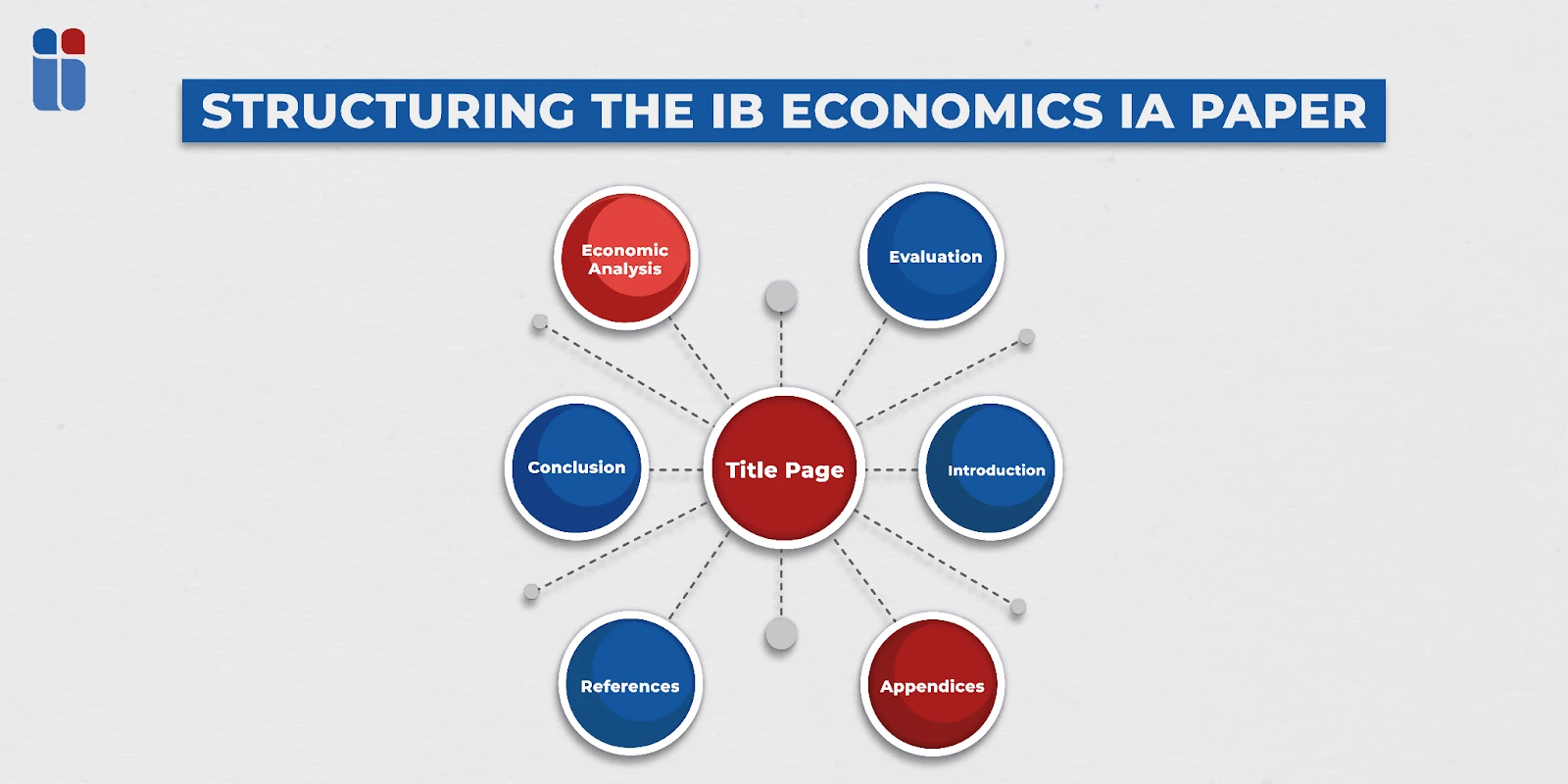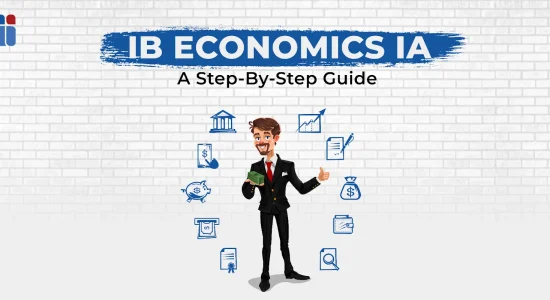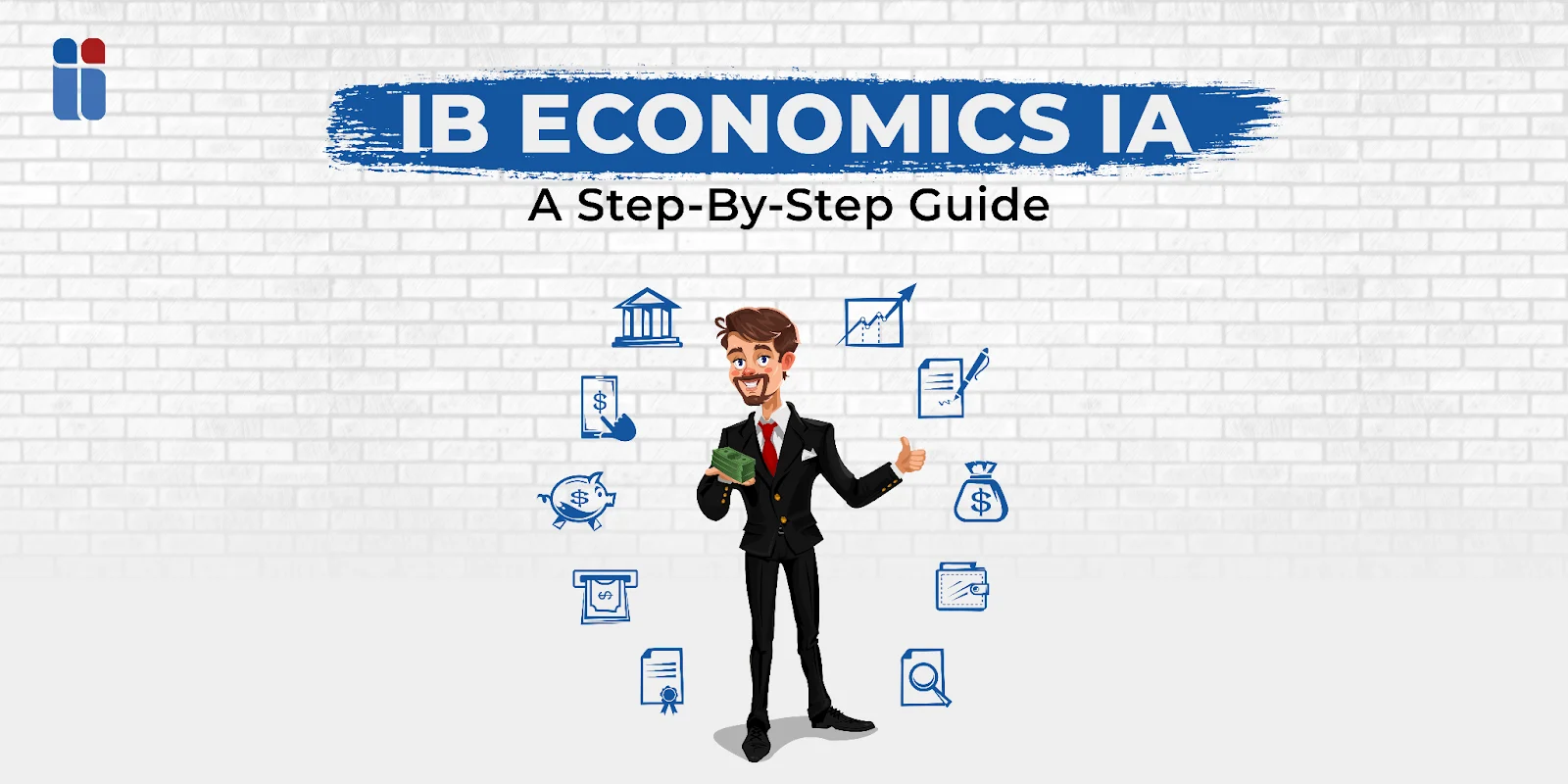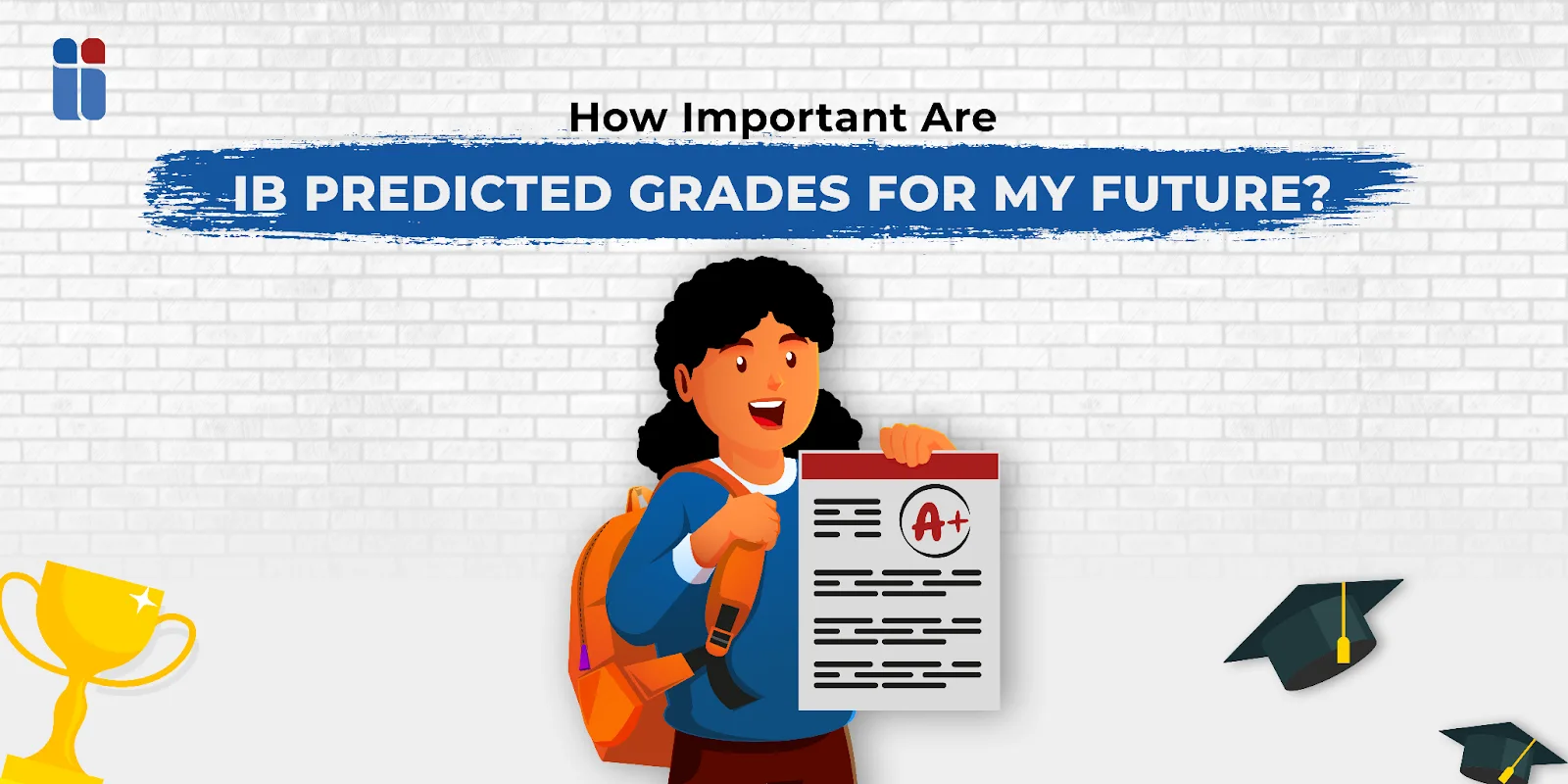A recent study shows that assessments that include real-world data produce significant improvements in analytical and application skills. How? This is the main topic of our discussion today.
The IB Economics Internal Assessment (IA) functions beyond academic requirements in the International Baccalaureate Diploma Program because it enables students to observe global economic theories in real-time deals. This guide provides clear explanations which help students achieve better scores by establishing connections between school knowledge and real economic situations.
What is IB Economics IA?
The IB Economics IA allows students to understand economic principles by analyzing recent news articles. The three commentaries make up the essential components of your coursework because they determine your final grade.
The success in IB Economics IA demands students to understand its fundamental structure and requirements.
The assessment examines your capability to combine economic theory with analyzing contemporary economic and financial events. This task forces students to use their education beyond memorization by applying theoretical concepts to actual real-life situations.
Learning Objectives
The IA specifically aims to:
- Enhance your grasp of economic concepts through their application to real-world situations.
- Develop analytical skills by interpreting and evaluating current economic data.
- Foster critical thinking by linking theory with practical examples.
- Encourage concise and persuasive communication, using economic jargon appropriately.
- Promote the ability to synthesise information from multiple sources into coherent arguments.
- Cultivate decision-making skills by proposing well-reasoned economic solutions based on analysis.
How to Assess Its Weightage?
IB Economics IA contributes upto 25% to 30% in the final grades. The knowledge of this weightage helps students develop strategic plans across their IB course. Students need to distribute their work between preparing for their IA project and maintaining regular coursework and study.
The meaningful weightage of economic theory understanding combined with real-world applications makes a significant difference to your academic performance and knowledge acquisition in the subject.
Difference Between IB Economics IA and Other Subjects
Economics IB IA combines academic research methods with practical economic analysis which distinguishes it from other subjects whose main focus is theoretical or experimental.
This assessment demands consistent monitoring of worldwide economic developments and policies so you can link classroom lessons to analyse actual economic challenges.
When you participate at this level your economic knowledge expands while you learn to analyse how policies affect various groups affected by major decisions.
Commentary Pattern
Each commentary should:
- Focus on a specific economic issue highlighted in a news article less than one year old.
- Integrate relevant economic theories and concepts with real-world data.
- Include well-drawn diagrams to explain the economic mechanisms at play.
- Maintain a strict word count of 750-800 words, ensuring clarity and conciseness.
How To Write The Best IB Economics IA Commentary
Article Selection:
The selection of an appropriate article stands as a critical decision. You should choose relevant articles from the IB Economics syllabus that contain abundant data alongside contemporary economic topics.
The selected article should contain an analysis of market trends alongside fiscal policies and economic crises.
In addition, it should also contain sufficient information to evaluate central economic theories like supply and demand relationships as well as market design and state economic interventions.
The selection of an appropriate article serves as a strong base for commentary writing because it allows better application of economic principles.
Planning Your Commentary:
The first writing stage requires you to structure both your thoughts and methodology before starting the composition. Begin by recognizing the main economic principles which appear in the article. Establish an outline with sections for your introduction followed by analysis points and diagram and data integration methods.
Rephrase the economic models which support your points and determine their connection with the real-world context of the article. Through proper planning, the writing task will become easier while the commentary stays direct and focused.
Writing the Commentary:
Your opening should introduce the economic subject matter with context related to the relevant issue. Then you must conduct an analysis which explains the economic effects of the issue through the use of the previously developed theories.
Support all points through data findings from the article along with appropriate economic diagrams. Your evaluation must conclude by summarizing your analysis and assessing future economic scenarios and new potential economic outcomes stemming from different situations.

Review and Refine:
Carefully evaluate your first draft after its completion. Review all argument sections to ensure they properly align with economic principles while checking your diagrams for accuracy and strengthening their support of key points.
Additionally, normalize verbalization when possible.
The process of refining your work includes both improving poorly expressed sections and strengthening your evaluation to increase its effectiveness.
Feedback and finalisation:
The commentary must undergo additional evaluation by peers and teachers or mentors prior to its finalisation. Expert review provides you with valuable information you may have overlooked and recommends ways to enhance your work.
The gathered feedback should aid you to enhance the clarity of your arguments and verify that your commentary satisfies the required IA criteria effectively.
Perform a final review of your commentary to verify its readiness for submission after you implement the received feedback.
Does it seem hard to you? Don’t stress out, join exclusive tutoring at IB Innovators with the freedom of flexible scheduling.
List of Sources for IB Economics IA Research
The Economist: Known for its comprehensive coverage of global economics. You can obtain regional economic condition information through country-specific reports from the source.
BBC News Economy Section: Provides up-to-date news on UK and global economies. Read the special reports from the publication for complete economic understanding.
Financial Times: One can find detailed economic policy and trend information through the Financial Times. Use the provided charts and graphs from their publication to add supporting evidence to your discussion.
Bloomberg: Excellent for real-time data and financial news. The market reports published by this source serve as valuable materials for building your commentaries.
Google Scholar: Serves as the best platform because it lets users explore academic papers with theoretical frameworks suitable for contemporary event analysis.
Structuring the IB Economics IA Paper
The IB Economics IA Paper requires a proper structure. Clear organisation in your Internal Assessment paper enables you to present your economic research successfully.
The following guidelines will help you organize your IB Economics IA while keeping it both easy to understand and coherent:
- Title Page: Include the title of your IA, your name, candidate number, and the date. The title needs to remain direct while capturing the main theme discussed in your commentary.
- Table of Contents: A table of contents serves to organize the paper but remains optional unless your commentary extends to multiple pages. The main sections should appear as a list with corresponding page numbers.
- Introduction: A proper introduction should provide the necessary foundation for your commentary. Begin with a summary of the economic matter your paper examines followed by a list of economic principles you will use and the main objectives you want to present.
- Economic Analysis:
- Begin with an overview of the article to create background understanding. The summary must be brief and concentrated on the economic factors which matter most.
- Discuss the economic theories and concepts relevant to the article. A previous explanation of each concept should occur before its approach to the article content.
- This section should include essential economic figures that support your points. The diagrams require proper labelling and clear explanations which should appear within the framework of your analytical discussion.
- Support your analysis with data collected from the article together with other reliable sources. Elaborate on the connections between the presented information and the economic principles under consideration.
- Evaluation:
- Rate the impact significance of the discussed problem in the article through critical evaluation. The article needs evaluation through perspective analysis and a recognition of potential hidden biases.
- Discuss both the immediate and long-term economic impacts of the issue.
- Your analysis should lead to the proposal of solutions and predictions regarding the issue. An assessment of implementation feasibility along with economic impact prediction must be conducted for proposed solutions.
- Conclusion: Combine your essential findings with explanations about how economic concepts relate to the analysed matter. Restate the significance of your analytical work and the main recommendations you have presented.

Need More Support with IB Economics?
Do you need more help in the IA or IB Economics subject as a whole? Remember that the right mentorship can lead to a successful path. Join our IB Economics tutoring session and stand out in your IB exams. Wishing you the best of luck for the future!
FAQs
How many commentaries are required for the IB Economics IA Portfolio?
Three distinct commentaries are needed, each focusing on a different syllabus area.
What is the word limit for each commentary in the IB Economics IA Portfolio?
Each commentary should be no more than 800 words, excluding the bibliography.
How are the commentaries assessed in terms of the overall assessment for SL and HL?
Commentaries are graded on economic analysis, application, and evaluation, contributing 20% (SL) and 30% (HL) to the final grade.
Should the articles used for the commentaries be published within a specific time frame?
Articles must be recent and published within the last year before the submission date.
Are students allowed to use the same article for multiple commentaries?
No, each commentary must be based on a different article to ensure a broad coverage of topics.
How can I ensure that my IA stands out from others?
Utilize unique insights, integrate detailed economic analysis, and ensure a clear, professional presentation.







